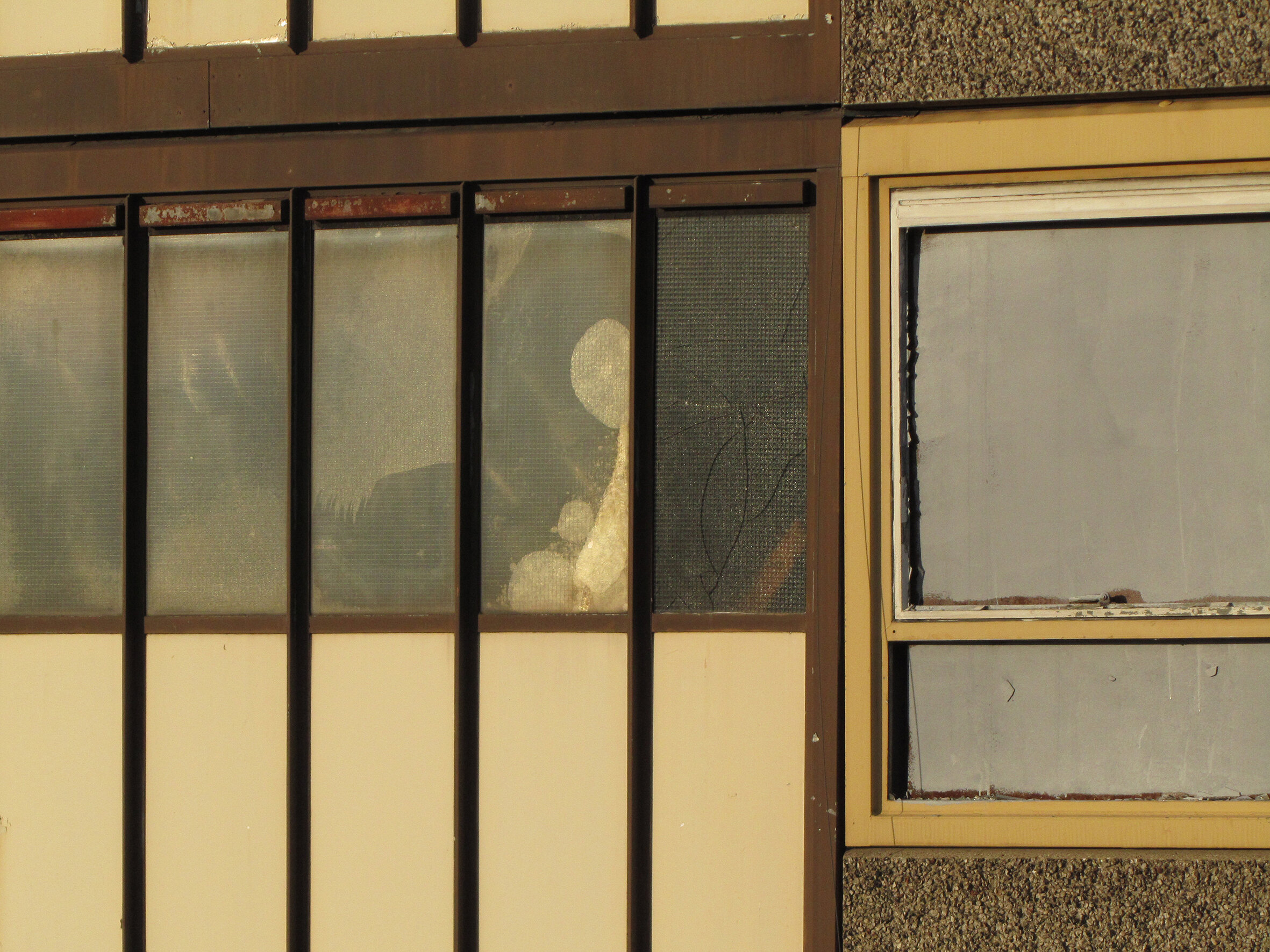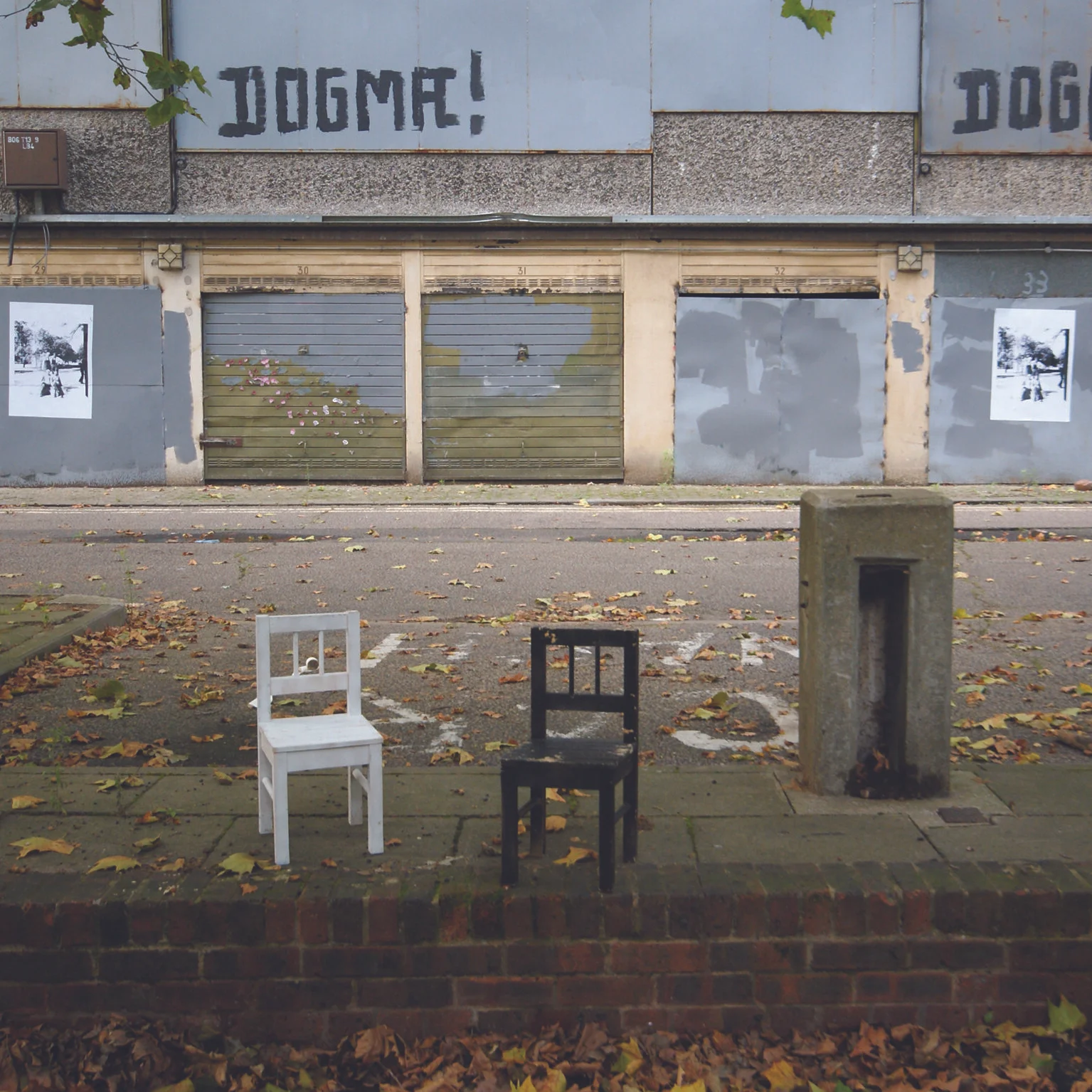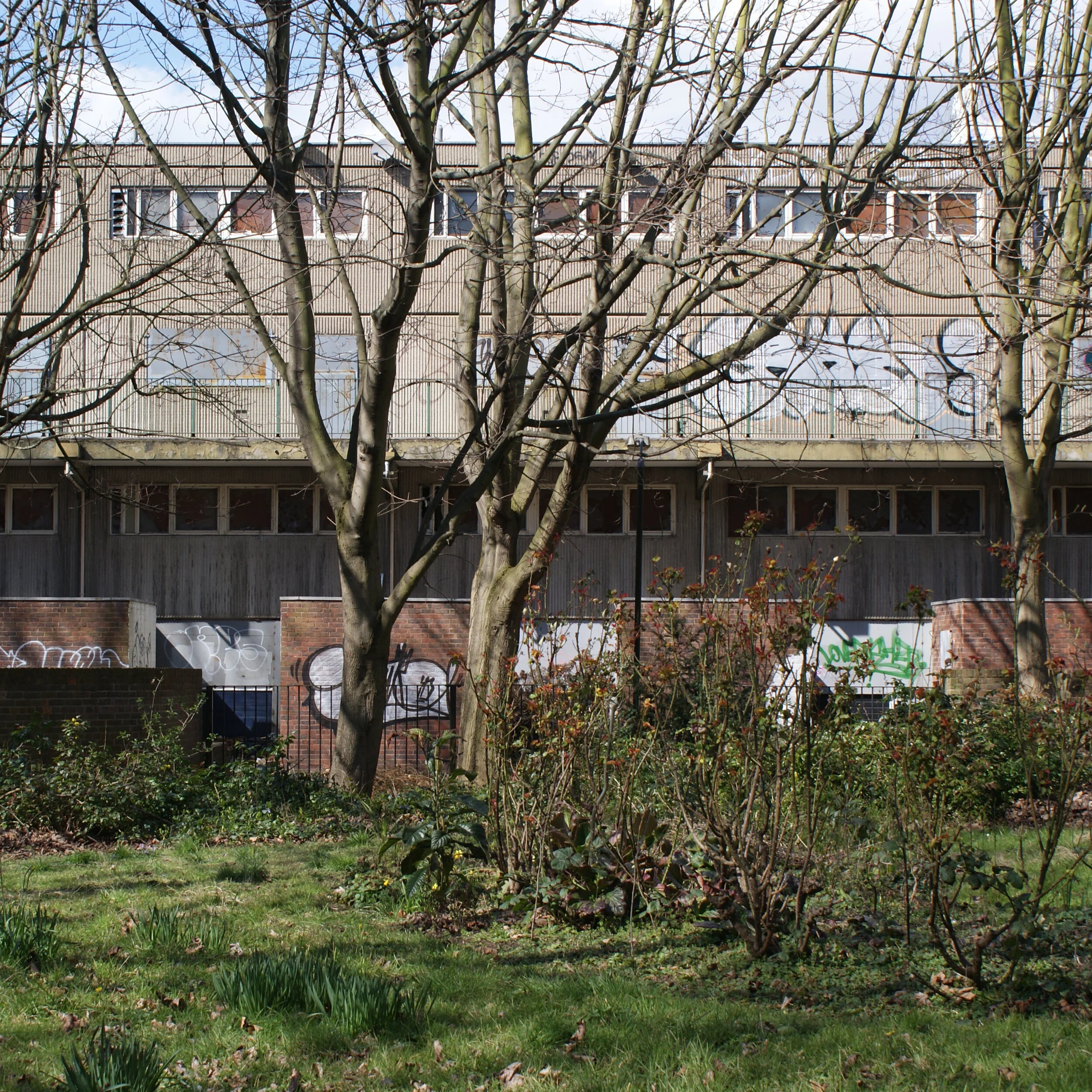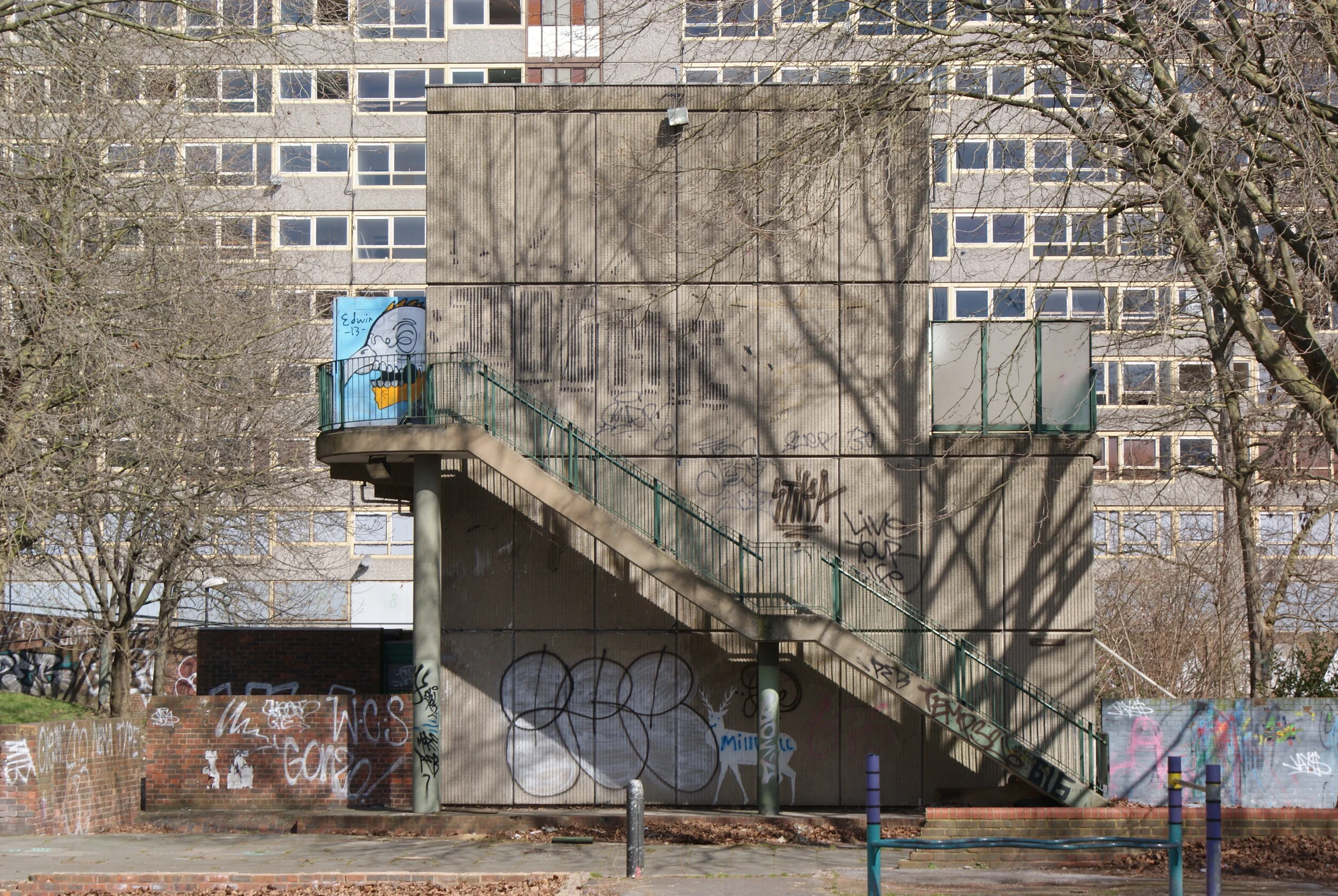












In this paper I introduce the notion of absence to interpret the experience of disused spaces and structures, which escape the present definition of architecture and the city as a designed and planned environment. Through this lens I look into the Heygate Estate in South London, a modernist council estate that remained almost empty for a decade, and was demolished in 2014 to give way to a contentious regeneration project.
Before being demolished, the Heygate accumulated a range of interrelated absences linked to its state of disuse, including its detachment from and interruption of the formal urban context, the displacement of its residents, and its impending erasure.
The method I propose to represent these absences is layering, a form of visual inquiry based on photography, which responds to absence’s capacity of evoking distant, uncertain and multiple presences that remain away from our grasp, so they have to be recreated through memory and imagination.
In its openness, alternativeness, and in its social and political meaning, the disused and neglected Heygate strongly incarnated the values of Ignasi de Solá-Morales’ (1995, 1996) concept of terrain vague as ‘the form of absence’ in contemporary cities. The Heygate, nonetheless, challenged that definition in its clearly delimited physical structure, reflecting Pier Vittorio Aureli’s notion of absolute architecture (2010), which describes the potential of architectural form and limits to counter the forces of capitalist urbanisation. Both apparently opposite terms converge and complement each other to situate and understand the layered absences of the Heygate Estate.
In accounting for a place left over by urban change, I advance alternative imaginaries to reflect on and critique the underpinning narratives of urban regeneration shaping the contemporary city, which determined the Heygate’s ultimate disappearance.
Full paper published in
arq: Architectural Research Quarterly 24-1